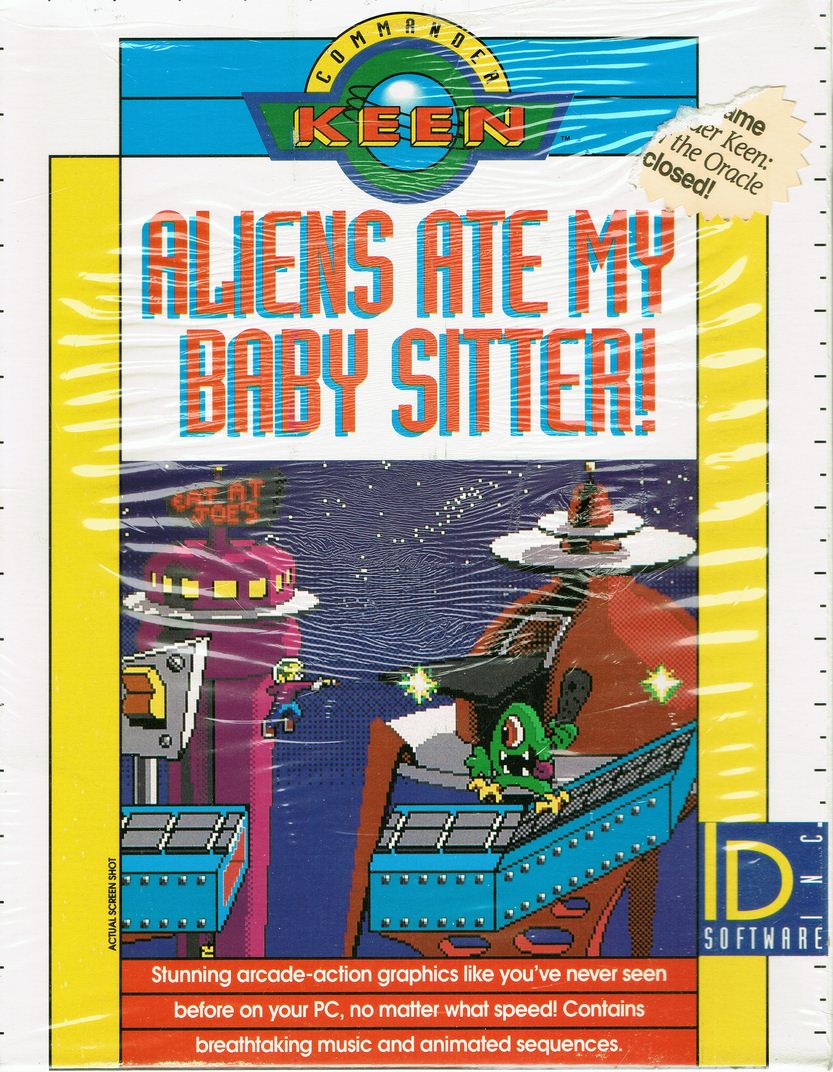Heeeeeeere's Johnny!
It was dark in my office in 1995, warm, and I was busy programming QuakeEd. I had my stereo playing Great White, Ratt, George Lynch and all other manner of hair metal. I was in my element - in the zone.
At some point, I needed to go to the bathroom. I went to my door, turned the knob, and nothing. The door wouldn't open, the knob turning and turning. I was thinking, "Seriously?" The building materials were not grade-A, apparently, at our building in Mesquite, Texas.
I needed to get out, the pressure now mounting. I called John Carmack on his phone extension, 13.
"Dude, I'm stuck in my office. My doorknob doesn't work anymore. I think you should chop down this shitty door."
"I'll be right over."
I heard a noise on the wall, which had to be John getting his $5,000 custom axe off its mount. He walked in front of my door and tried the knob. Sure enough, the knob doomed the door to a swift death. John was telling the others in the office nearby that he was about to rescue me from my new prison.
Good thing I decided to stand with my back against the same wall as the door.
BAM! The first swing came through the center of the door, just a little, and sprayed wood fragments across the room, bouncing off the opposite wall.
BAM! More wood, splintering and flying. I would have been injured if I were standing in the middle of my room.
After about twelve good swings, the center of the door was completely obliterated, and I could climb through easily. I ran to the bathroom as everyone was laughing about the violence that just took place.
When I got back, I got the doorknob off and swung the door fully open. Later on, we tapped the hinges out and put the door in the storage room. A new door appeared the next day.
The story about the axe attack got around. Magazine journos that came by for interviews wanted to see the door that Carmack destroyed. We showed them. We took pictures with the door, some of which were published. The ruined door became an iconic item almost as venerable as the DOOM chainsaw.
Alas, no one at id thought the door that important, and it was taken to the scrapheap during our office remodel of 1996.








